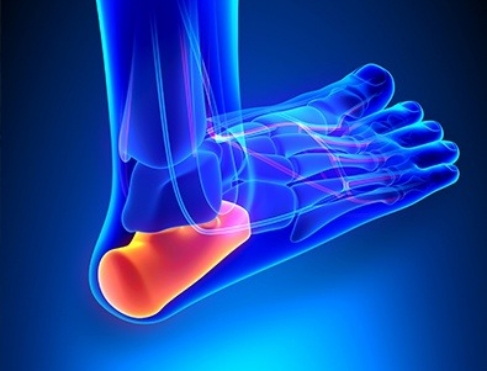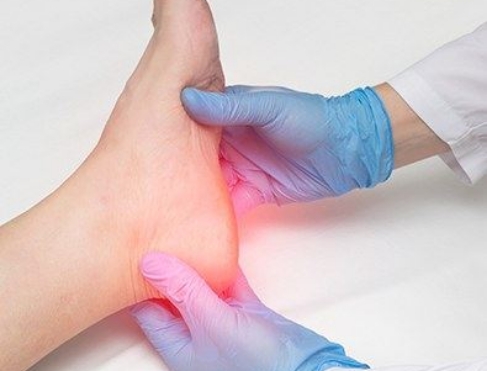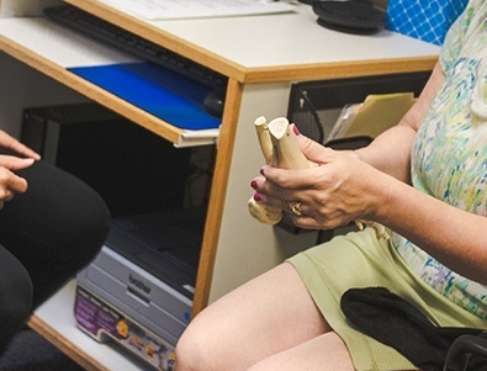Treating Plantar Fasciitis Glastonbury
Experience Relief in Every Step

When you develop heel pain, especially if there’s sharp pain when you take your first steps every morning, chances are you have plantar fasciitis. This condition is the most common cause of heel pain in adults everywhere. If your pain persists despite conservative treatments, Dr. Paul Tortland at the New England Stem Cell Institute in Glastonbury offers many non-surgical options that are certain to help, including shock wave treatment and regenerative medicine techniques such as prolotherapy, Prolozone®, PRP, and more.
What Causes Plantar Fasciitis?

The plantar fascia is a tight band of tissue that spans the bottom of the foot. It runs from the bottom of your heel to the base of your toes, and it helps support the arch of your foot, as well as absorb shock every time you take a step. Plantar fasciitis develops when this ligament is injured, irritated, or inflamed. Plantar fasciitis often develops due to:
- Flat feet or high arches
- Tight Achilles tendon
- Injuries resulting from overuse
- Standing for a prolonged time
- Footwear that doesn’t support your foot’s arch
- Overpronation, meaning your foot rolls inward as you walk
- Being overweight
Pregnancy also is a common cause of plantar fasciitis due to a combination of increased body weight and hormone-induced ligament laxity.
What are the Symptoms of Plantar Fasciitis?

The primary symptom of plantar fasciitis is pain directly on the bottom of the heel. You could also experience pain in the arch of your foot or anywhere along the length of the ligament. In most cases, the pain is worse after you rest, such as when you wake up in the morning and take the first few steps. When you’re not active, the ligament tightens. So, when you take that first step and suddenly stretch the ligament, you feel a sharp pain.
How is Plantar Fasciitis Diagnosed?

The history of your symptoms is the first clue to the diagnosis. A physical exam almost always finds significant tenderness at the attachment of the plantar fascia on the bottom of the heel. A definitive diagnosis is confirmed using either diagnostic ultrasound or MRI, both of which can show an inflamed, thicker plantar fascia.
How is Plantar Fasciitis Treated?

Treating plantar fasciitis begins with conservative therapies like activity changes, tension night splints, and orthotics (arch supports and heel cushions). Formal physical therapy may also help. A cortisone injection could reduce inflammation and pain. You can also use kinesiology tape to reduce the strain on the plantar fascia and promote healing. This is a special tape that can be used to tape to the foot in a way that allows movement while stabilizing muscles and joints.
Shock wave treatment (ESWT – extracorporeal shock wave treatment) is another non-invasive approach that can be very helpful. When your heel pain doesn’t improve despite conservative treatments, podiatrists typically recommend surgery — plantar fasciitis release — which consists of cutting part of the ligament to release the tension.
Our team at the New England Stem Cell Institute offers a better alternative to surgery and failed conservative treatment: regenerative medicine. We have years of experience successfully using prolotherapy, Prolozone®, and PRP to heal this problem while also preserving the integrity of the plantar fascia.
